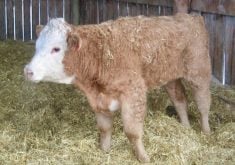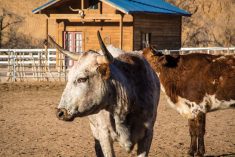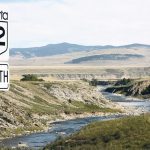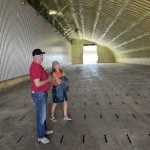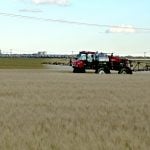If you operate a farm store, market garden, agri-tourism venue or host a family celebration summer brings a lot of visitors to the farm, providing a unique opportunity to promote agriculture right where it happens. But along with the fun comes a responsibility to make it a safe experience for everyone.
“You can’t assume that visitors know the risks or are even thinking about the risks involved,” cautions Laurel Aitken, farm safety co-ordinator with Alberta Agriculture. They assume you’ve thought of the risks and addressed them.
Read Also

Canadian Beef Check-Off Agency reports on investments and activities
The check-off agency’s work behind the scenes is what ensures cattle check-off dollars are invested wisely, accounted for transparently and deliver measurable value back to producers and importers.
The idea is to direct your on-farm visitors to lower-risk areas that still enhance their experience. When high-risk areas can’t be avoided take steps to secure the area with locks, warning signs or a good fence.
A designated uncluttered parking area away from farm vehicles and road traffic is another good precaution. Extra thought is needed with roadside stands to avoid a lineup of hastily parked vehicles along the road. Clearly marked entrance and exit signs also help with traffic flow.
If the event is inside be sure your building complies with fire safety codes for maximum numbers and all exits and fire extinguishers are easy to find. Lock cabinets holding chemicals or livestock drugs and even cleaning supplies in public washrooms.
Appropriate lighting is a simple yet effective safety measure.
Handwashing stations are a must, especially when food or picnic facilities are provided.
For scheduled activities such as hayrides, trail rides, or lessons, write safety precautions into your operating procedures.
Aitken’s recommendations are drawn from a new Alberta Farm Safe Plan (ready to roll out soon in workshops around the province). To secure a safe environment for visitors it advises:
Commit to farm safety
Discuss the farm’s safety policy with your family and employees. Set objectives and follow through on them. Start with basic rules such as the need for handwashing, no climbing on equipment, supervision of children at all times, no feeding of the animals, no smoking. Then post the rules for all to see.
Identify and assess hazards
A walkabout with family or employees is a good way to gain some fresh eyes when looking for hazards. Try to take an inexperienced urbanite’s point of view.
Assess risk associated with each hazard to prioritize your list of what needs to be done. Risk is the probability of loss, so consider the likelihood something will happen, how often it could happen, and how severe the impact would be in deciding whether you need to find a way to reduce the danger.
For example, instead of allowing kids the freedom to climb a stationary piece of equipment unattended you might station staff to help them get up and down the ladder one at a time. You could also fence off the equipment (and post information on the fence to explain the working parts) but restrict access to just the cab to give them a sense of what it feels like to be in the driver’s seat.
Hazard control
The trick is to control the risk without spoiling the fun. A hazard control standard starts by eliminating the danger wherever possible. If that goes too far, try substituting a safer activity. A step down from there is to use barriers and locks along with signage and posted rules to safeguard the most hazardous areas. At the bottom of the hazard control pyramid if you allow visitors to say, ride horses or drive ATVs, is to provide appropriate personal safety equipment.
Ongoing inspection
Things change. So ongoing inspections are needed to check for items that need repair or existing controls that need to be re-enforced before visitors arrive.
Orientation and training
Don’t allow your safety plan to become just another binder on the shelf. Your employees need to be trained in the operating procedures for each job they will be doing, and prepare them for handling emergencies if and when they occur.
Emergency response
Brainstorm and decide in advance how you will deal with emergencies such as a fire, medical emergencies, missing persons or violent ones, extreme weather, biohazards such as a chemical spill, or a power failure.
Write them down and be sure your staff knows your emergency plan. Post up-to-date emergency numbers and directions to the farm in several prominent locations.
Make sure you have at least two people trained in first aid and a stocked first aid kit available to them.
Investigate incidents
If there’s a near miss, assess what happened, how it happened and how you will prevent it from ever happening again. It may not seem like a big deal if a campfire jumps the pit and gets squelched without causing any damage, but the next time it could cause a grass fire that wipes out valuable property, when an extinguisher or a bucket of water nearby would have been all that was needed to prevent it.
For more information call Aitken at 780-980-4230, or visit the Farm Safety Home Page on the Alberta Agriculture and Forestry website for fact sheets decals, signage, activities, displays for kids, and more. Other resources are the Canadian Agricultural Safety Association and the Integrating Safety into Agritourism websites.






